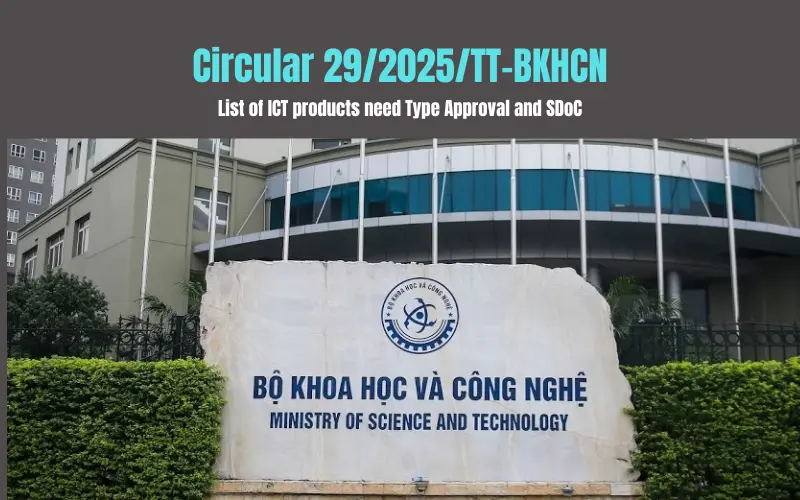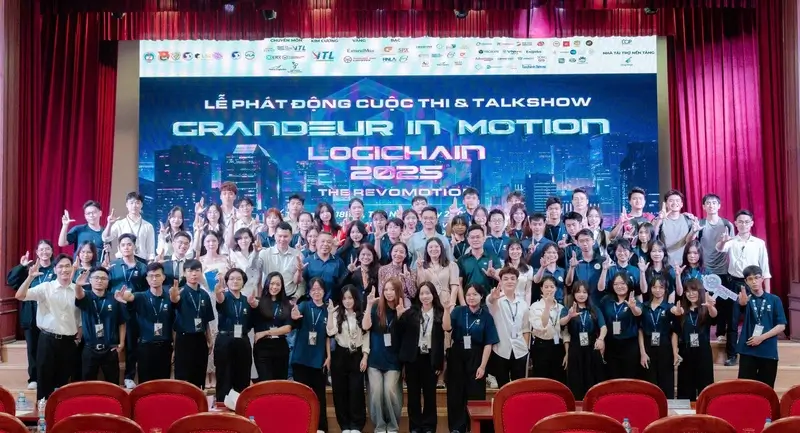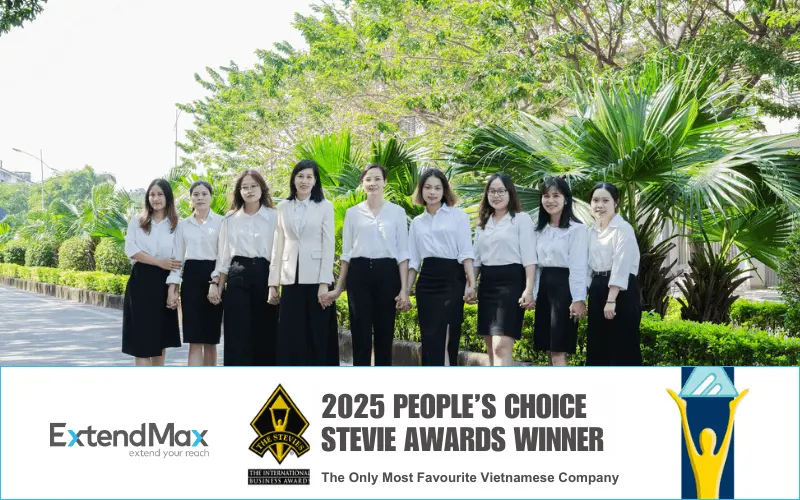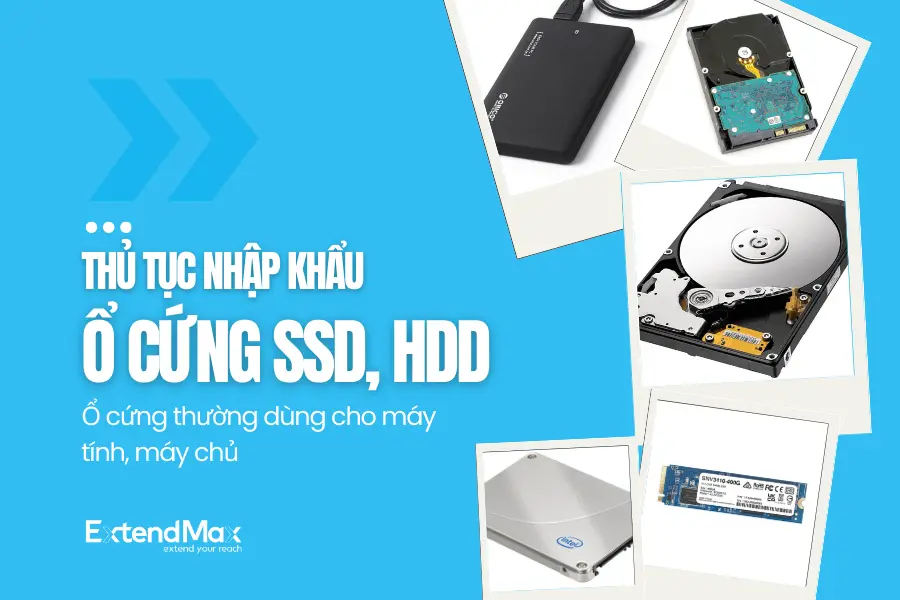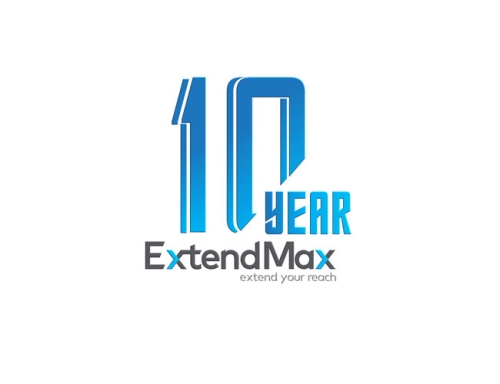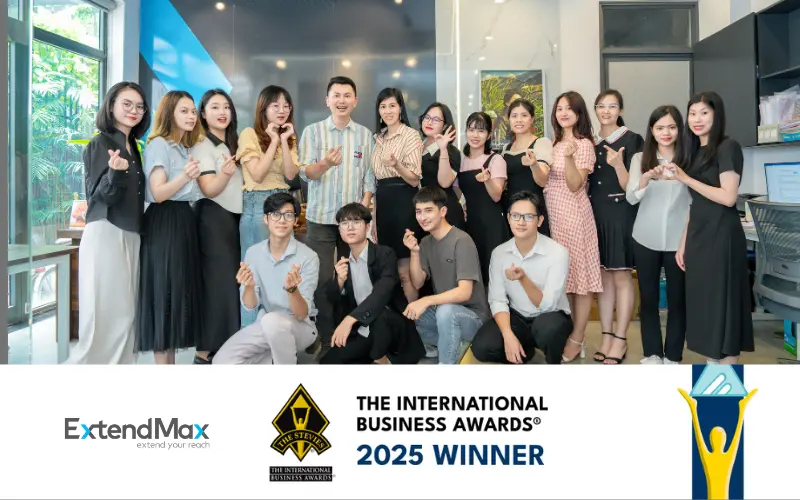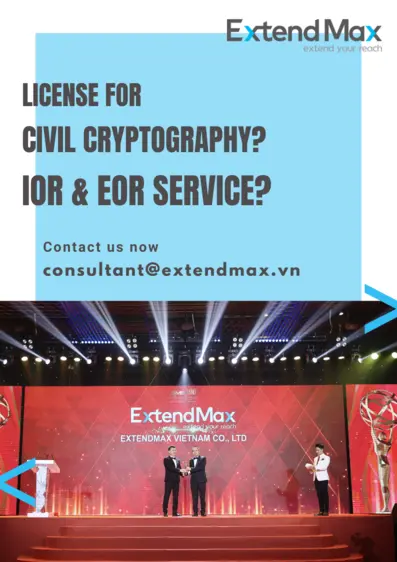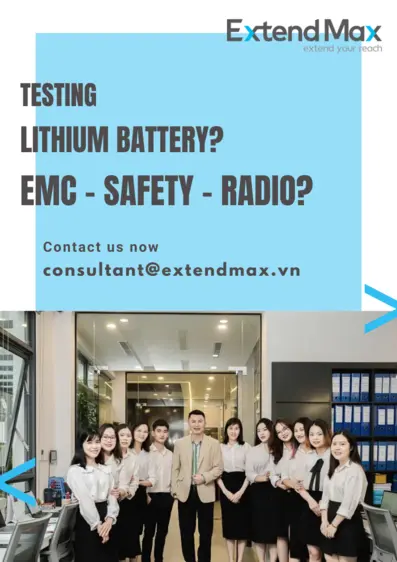EXTENDMAX - Vietnam MIC has released Circular No. 02/2022/TT-BTTTT dated May 16, 2022 to replace the Circular 11/2020/TT-BTTTT and Circular 01/2021/TT-BTTTT stipulating the new list of wireless and ICT products under MIC ICT Type Approval and Self-assessment DoC scope. The Circular 02/2022/TT-BTTTT shall take effect from July 01, 2022.
Update: This circular is replaced by MIC Circular 04/2023/TT-BTTTT since July 15, 2023
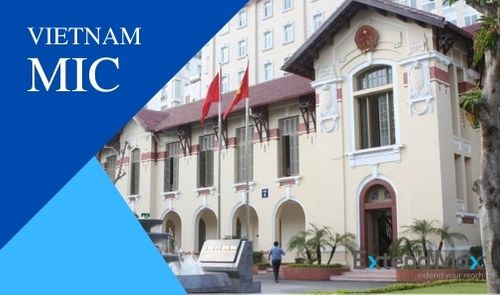
1. Highlighted features of the Circular No. 2/2022/TT-BTTTT of Vietnam MIC:
1.1. MIC has updated new national technical standards (QCVN) to the list
(1) QCVN 22:2021/BTTTT (for safety of ICT product, enforced for DECT phone only at this moment)
(2) QCVN 65:2021/BTTTT (RF for WLAN 5GHz)
(3) QCVN 123:2020/BTTTT (RF for 40GHz ~ 246GHz SRD)
(4) QCVN 124:2021/BTTTT (RF for 76GHz ~ 77GHz vehicle radar)
(5) QCVN 127:2021/BTTTT (RF for 5G NR SA mobile terminal)
(6) QCVN 129:2021/BTTTT (RF for 5G NR NSA mobile terminal)
1.2. MIC confirms that application scope of the list
MIC confirms that the list is applied for products having HS code and product descriptions which match it only.
1.3. Type approval certificate with QCVN 65:2021/BTTTT and QCVN 65:2013/BTTTT
Type approval certificate with either one of QCVN 65:2021/BTTTT and QCVN 65:2013/BTTTT are allowed for 5GHz ISM device for importation clearance from July 01, 2022.
1.4. Move certain products from Annex 1 to Annex II
A large number of products have been moved from Annex 1 (List of products under ICT Type Approval and Self-assessment DOC) to Annex II (List of products under Self-assessment DOC only) including 76~77GHz radar, generic SRD working in certain frequency bands, RFID 13.56MHz, and SHF.
1.5. Completed removed several products out of the list.
Several products have been completely removed from the mandatory list such as river-use VHF, Inmarsat F77..due to lack of usage in practice.
2. ExtendMax's recommendation regarding the Circular 02/2022/TT-BTTTT:
a) Regarding QCVN 65:2013/BTTTT and QCVN 65:2021/BTTTT
Since Vietnam MIC runs QCVN 65:2013/BTTTT and QCVN 65:2021/BTTTT, organizations and individuals can choose to apply for Type Approval with either one of the version. However, for new application, the client should apply for the new version QCVN 65:2021/BTTTT for longer validity Type Approval certificate. For products which are going to be end-of-life before July 01, 2023, organizations and individuals can still use existing Type Approval certificate listing QCVN 65:2013/BTTTT and not need to re-apply for QCVN 65:2021/BTTTT if such certificate will not be expired before July 01, 2023.
b) Regarding 5G NR mobile phone and terminal equipment.
At this moment, Vietnamese laboratories does not have 5G callbox yet so they may not able to test and get MIC accreditation for QCVN 127:2021/BTTTT and QCVN 129:2021/BTTTT until middle of 2023. To solve this problem, the Vietnam MIC will allow to use test report issued by ISO/IEC 17025 test laboratory for certification process. Please make sure that test standards of the ISO/IEC 17025 are the same standards that QCVN 127:2021/BTTTT and QCVN 129:2021/BTTTT refers to.
c) Regarding other wireless product operate in frequency bands higher than 40GHz
Beside the QCVN 127:2021/BTTTT and QCVN 129:2021/BTTTT, MIC will also allows test report issued by ISO/IEC 17025 test laboratory for RF standards for products having operating frequency over 40GHz such as QCVN 123:2021/BTTTT, QCVN 124:2021/BTTTT. This will be specified by a MIC guidance letter which shall be issued on around Jun 15, 2022.
d) Other confusion within the Circular 02/2022/TT-BTTTT
→ Item 2.8 of Appendix I described specifies that it is applicable for RFID including 9kHz ~ 25MHz RFID (no exception for 13.56MHz RFID), but item 4.2 of Appendix II also specifies that it is applied for 13.56MHz RFID. It means two items covers the same product, but certification scheme is different. If the RFID 13.56 MHz is considered to be under scope of Item 2.8 of Appendix I, it will need both Type Approval and SDoC. But if it is considered to be under scope of item 4.2 of Appendix II, it will need SDoC only (no need Type Approval). We will need MIC guidance on this matter or how VNTA will implement it in practice. This issue is also happens to item 2.2 of Appendix 1 and item 4.1 of Appendix II (4.1 is a part of 2.2).
→ Item 4.1 of Annex II described that it is applied for products having frequency range of 40GHz ~ 246GHz, but applicable QCVN is listing for 13.56MHz and 27MHz bands also. Because the item 2 of Article 1 specified “This Circular applies only to products and goods having HS code and descriptions specified in List of products and goods in Group 2”, it leads to understand that item Item 4.1 of Annex II is applied for products having listed HS code and operates in 40GHz ~ 246GHz only. It means products operate in 13.56MHz and 27MHz bands are not under applicable scope of the item 4.1 unless MIC issue another documents to make this item clearer.
→ MIC states that maritime radar is exempt from "Product Quality Inspection" for imported products but organizations or individuals still have to make self-assessment Declaration of Conformity before use. However, Pursuant to Decree 132/2008/ND-CP (amended and supplemented by the Decree 74/2018/ND-CP) SDoC is a part of the "Product Quality Inspection" process. MIC has not yet released guidance for applying for SDoC for maritime radar without applying for PQIR.
Download the Circular 02/2022/TT-BTTTT from MIC website: download link
For English version of Circular 02/2022/TT-BTTTT translated by ExtendMax, please contact us.
Contact information for ICT Type Approval services and consulting
EXTENDMAX VIETNAM COMPANY LIMITED
Hotline: +84 915 836 555 | Hanoi: +84 24 6666 3066
Email: consultant@extendmax.vn | phuong.tran@extendmax.vn
HO: ExtendMax Villa, C01-L18 An Vuong, Duong Noi urban area, Duong Noi ward, Ha Dong district, Hanoi City, Vietnam
Test laboratory: BT02-21, An Hung urban area, To Huu street, La Khe ward, Ha Dong district, Hanoi City, Vietnam
If you find our article useful and valuable in practice applications, please support us by rating it, leaving your comment at the bottom of this article, and sharing it with your colleagues or the industry. Your review will be a great motivation for us to write more detailed and valuable procedural guides for importing, exporting organizations.
↓ ↓ ↓ ↓ ↓ ↓ ↓


